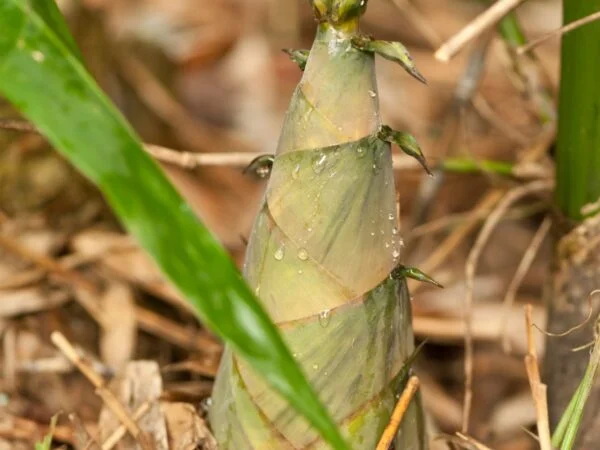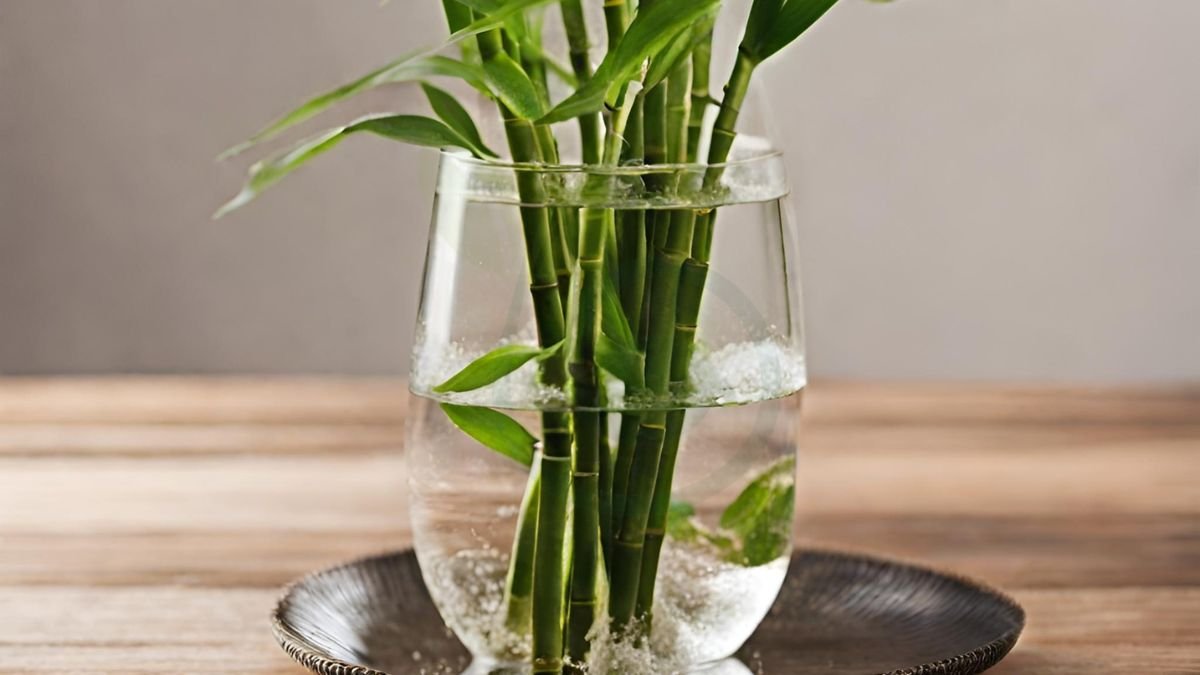
Growing bamboo cuttings in water is a simple and rewarding way to propagate these versatile plants. By following a few easy steps, you can watch your bamboo flourish and thrive in no time.
Key Takeaways
- Propagate Bamboo Successfully: Follow the steps outlined for preparing and propagating bamboo cuttings in water or soil.
- Opt for Water Propagation: Choose water propagation for a simple and effective method of growing bamboo from cuttings.
- Monitor Root Development: Keep an eye on root growth to ensure the success of your bamboo propagation.
- Troubleshoot Wisely: Refer back to troubleshooting tips if you encounter any issues during the propagation process.
- Learn from Success Stories: Gain inspiration and insights from success stories to enhance your bamboo propagation journey.
- Nurture with Care: Provide proper care and maintenance to the rhizome of your propagated bamboo cuttings in the center of the soil for optimal growth.
Propagation Overview
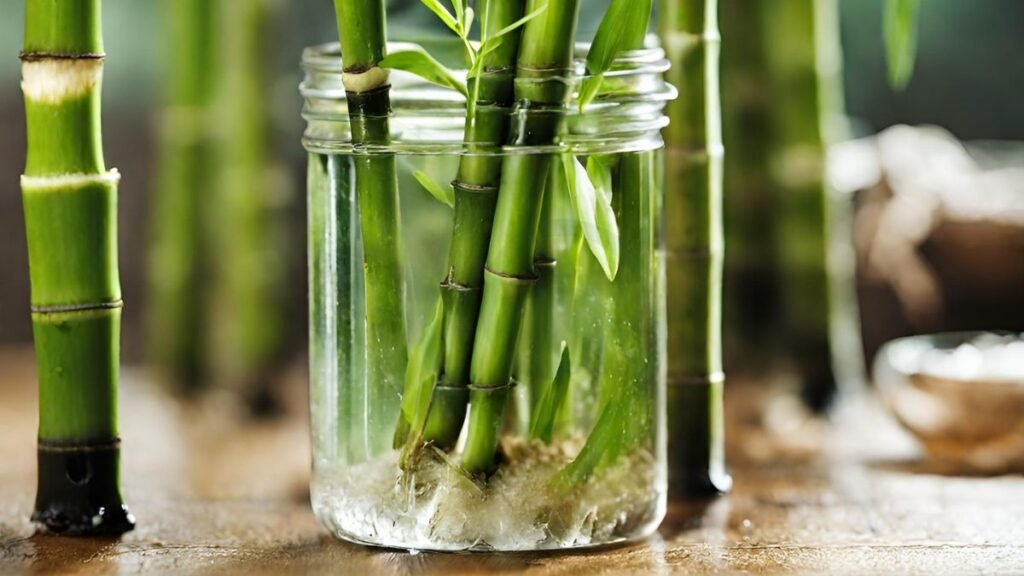
Necessary Materials
Before diving into the world of propagation, make sure you have all the essentials in hand. Gather rooting hormone, a small container with drainage holes, and well-draining potting mix. Prepare a small glass and distilled water for water propagation. Ensuring you have these materials will set you up for successful bamboo cutting growth.
Two Methods
Soil Propagation
For those opting for soil propagation, start by applying rooting hormone to the cutting if desired. Plant the cutting in well-draining potting mix at the appropriate depth. To ensure successful soil propagation, provide adequate light and moisture to support the growth process.
Water Propagation
In contrast, water propagation involves placing the bamboo cutting in a glass filled with distilled water. It's crucial to maintain the water level to prevent rotting of the leaves during this process. Utilize bright, indirect light to optimize the results of your water-based propagation efforts.
Preparing Cuttings
Optimal Timing
Timing is crucial when it comes to growing bamboo cuttings successfully in water. Select the right time based on the season and growth cycle for optimal results. The timing significantly impacts the propagation process.
Consider taking bamboo cuttings during the active growing season for better chances of success. Ensure that the plant is actively growing to promote root development in water. Proper timing enhances the likelihood of successful propagation.
Cutting Selection
For successful propagation, choose offshoots that are between 4 to 6 inches long. These lengths are ideal for root development in water. When selecting bamboo cuttings, remove lower leaves while keeping at least one set at the top intact.
Opt for healthy and disease-free cuttings to increase the chances of successful propagation. Healthy cuttings have a higher potential for developing roots in water, leading to successful growth. Disease-free cuttings prevent the spread of infections during propagation.
Preparing Correctly
To prepare bamboo cuttings for propagation, use clean pruners or scissors to take precise cuts. Clean tools help prevent infections that can hinder root development in water. Sanitize your tools before and after each use to maintain cleanliness.
Ensure proper sanitation practices while preparing cuttings to minimize the risk of infections. Following correct procedures during cutting preparation is essential for successful propagation. Properly prepared cuttings have a higher chance of developing roots when placed in water.
Water Propagation Steps
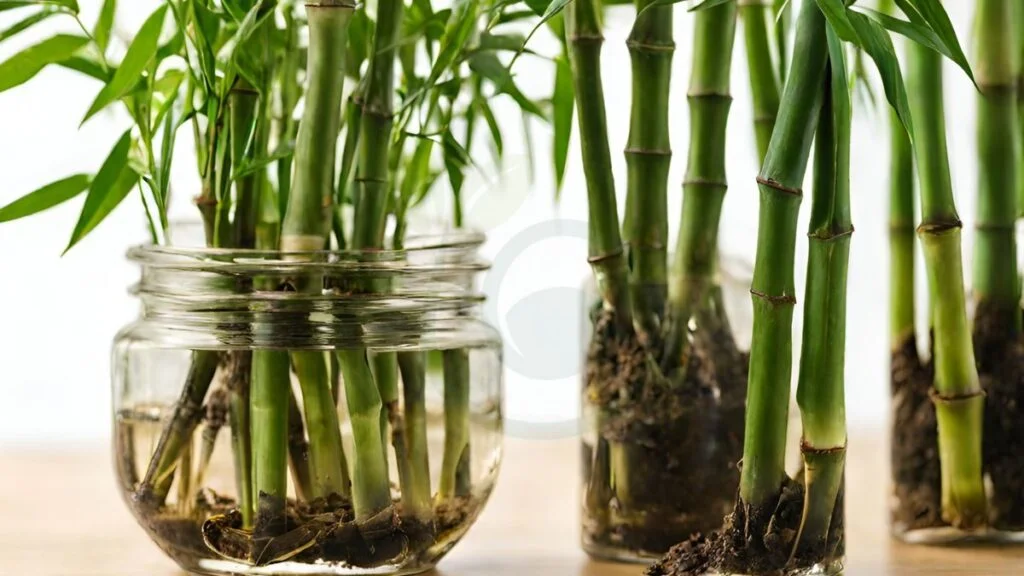
Immersing Cuttings
When propagating bamboo cuttings, place them in water or soil based on your preferred method. Ensure the cut end is submerged correctly to initiate root development. Proper immersion is crucial for successful root formation.
Regularly changing the water is essential to prevent stagnation and ensure an adequate oxygen supply. Fresh water plays a vital role in maintaining the health of the cutting throughout the propagation process. The importance of water change cannot be overstated for successful bamboo cutting propagation.
Water Change Importance
For optimal growth, position the cuttings in an area with bright, indirect sunlight. Direct sunlight can potentially harm the leaves by causing scorching. Indirect sunlight fosters healthy growth and development of bamboo cuttings.
Soil Propagation Steps
Preparing Soil
Choosing the right well-draining potting mix is crucial for successful soil propagation of bamboo cuttings. The soil should be moist but not waterlogged to promote healthy root development. Properly preparing the soil is a fundamental step for effective bamboo propagation.
Planting Cuttings
When planting bamboo cuttings, ensure they are placed at the correct depth in the soil to encourage root growth. Positioning the cutting properly allows for both root and stem development, aiding in overall plant health. Employing the correct planting technique is essential for the successful establishment of roots in bamboo cuttings.
Care and Maintenance
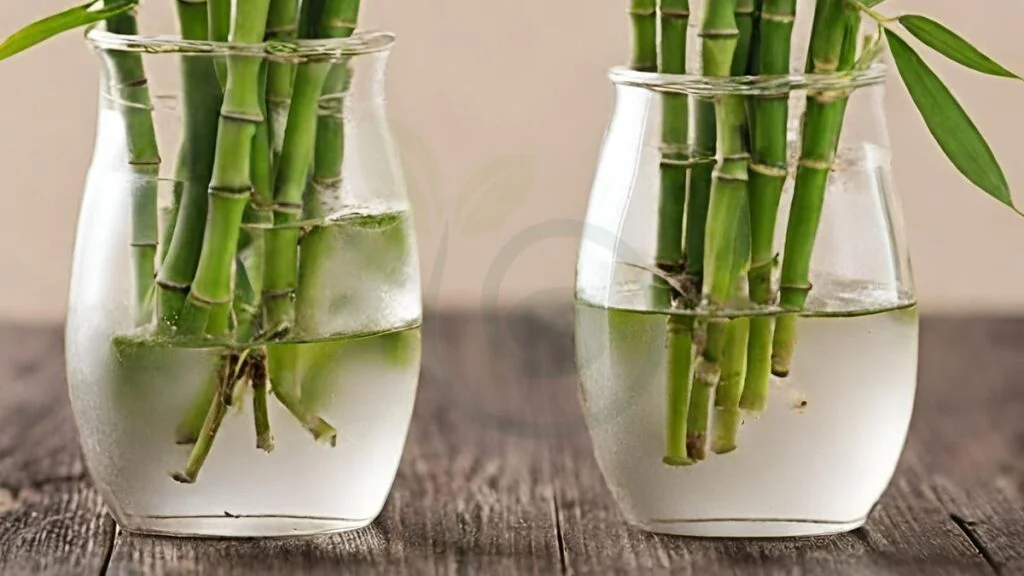
Regular Water Changes
Regularly changing the water in the container is crucial for maintaining the health of bamboo cuttings. Use distilled or bottled water to prevent any chlorine impact. This practice should be done at least once a week to ensure optimal growth.
Suitable Sunlight
Providing bright, indirect light is essential for the successful growth of bamboo cuttings. Avoid direct sunlight exposure as it can harm the delicate plants. The right amount of sunlight plays a significant role in the propagation process.
Patience for Roots
Root formation in water propagation can take time, sometimes up to a month. Be patient and observe new leaf and stem growth as signs of root development. During this waiting period, patience is key for successful bamboo cutting propagation.
Root Development
Monitoring Growth
- Keep an eye on the development of roots and new growth.
- Regularly check for progress to ensure successful bamboo cutting propagation.
- Monitor the health of the cutting for any signs of distress.
- Consider transplanting into soil or a decorative vase when roots have formed.
- Follow specific guidelines for successful transplantation of bamboo cuttings.
- Ensure proper care during the transplanting process to avoid shock.
Troubleshooting Tips
Common Issues
Keep an eye out for signs of overwatering or underwatering. Too much water can lead to root rot, while too little can cause the cuttings to wither and die. Ensure a balance.
Watch closely for pests or diseases that could harm the bamboo cuttings. Common problems include fungal infections and pests like spider mites. Swift action is crucial.
To maintain the health of your bamboo cuttings, it's essential to promptly address common issues as they arise. Timely intervention can prevent further damage and promote successful growth.
Expert Advice
For specific queries, consider seeking guidance from experienced gardeners or horticulturists. Their expertise can offer tailored solutions to any challenges you encounter during the propagation process.
Joining online forums or communities dedicated to gardening can be beneficial. Engaging with other enthusiasts allows you to exchange valuable tips and receive advice from a diverse group of individuals.
Consulting with experts in the field can provide valuable insights on best practices for successful bamboo cutting propagation. Their knowledge and experience can help you navigate potential obstacles effectively.
Success Stories
Root formation is a crucial milestone in growing bamboo cuttings in water, signifying successful propagation. Observing the emergence of new leaves and stems serves as clear indicators of progress. Recognizing these key growth milestones helps track the development of bamboo plants accurately.
Final Remarks
You now have a comprehensive understanding of how to propagate bamboo cuttings successfully, whether in water or soil. By following the detailed steps outlined and implementing the care tips provided, you are well-equipped to nurture healthy bamboo plants. Remember to monitor root development closely and address any issues promptly using the troubleshooting tips shared.
Incorporate these techniques into your gardening routine, and soon you'll be sharing your success stories with others. Embrace the rewarding journey of growing bamboo from cuttings, and don't hesitate to reach out for support if needed. Your dedication will yield flourishing bamboo plants that beautify your surroundings and bring a sense of accomplishment. Happy gardening!
Frequently Asked Questions
How long does it take for bamboo cuttings to root in water?
Bamboo cuttings typically root in water within 3-6 weeks. Ensure the water is changed regularly to prevent stagnation and promote healthy root growth.
Can I use tap water for bamboo propagation?
Yes, you can use tap water for bamboo propagation. However, it's recommended to let the water sit overnight to allow any chlorine to dissipate before placing the cuttings in it.
What is the ideal temperature for rooting bamboo cuttings in water?
The ideal temperature for rooting bamboo cuttings in water is around 70-80°F (21-27°C). Maintaining a consistent warm environment will support successful root development.
Should I keep bamboo cuttings in direct sunlight during propagation?
It's best to place bamboo cuttings in indirect sunlight during propagation. Direct sunlight can lead to excessive heat and may cause stress to the cuttings, affecting their ability to root properly.
How often should I change the water when propagating bamboo cuttings?
Change the water every 2-3 days when propagating bamboo cuttings. Freshwater helps prevent bacterial growth and ensures that the roots have access to oxygen, promoting healthy growth.
Image Source: Paid image from CANVA


